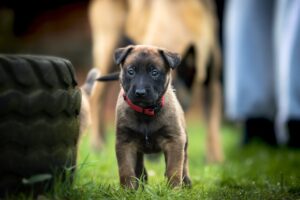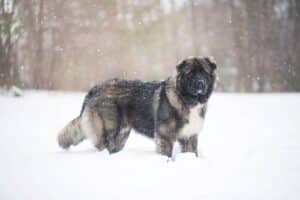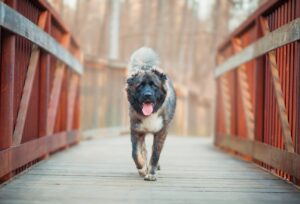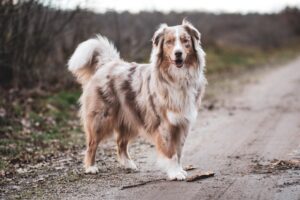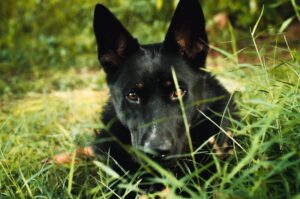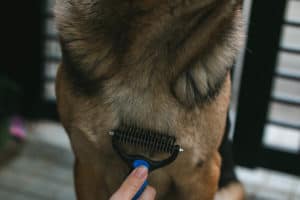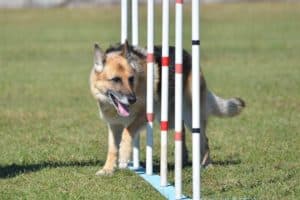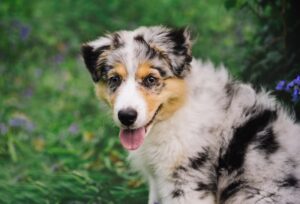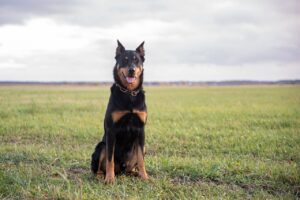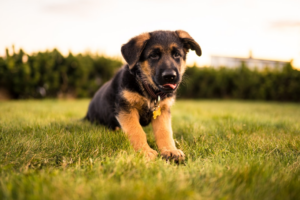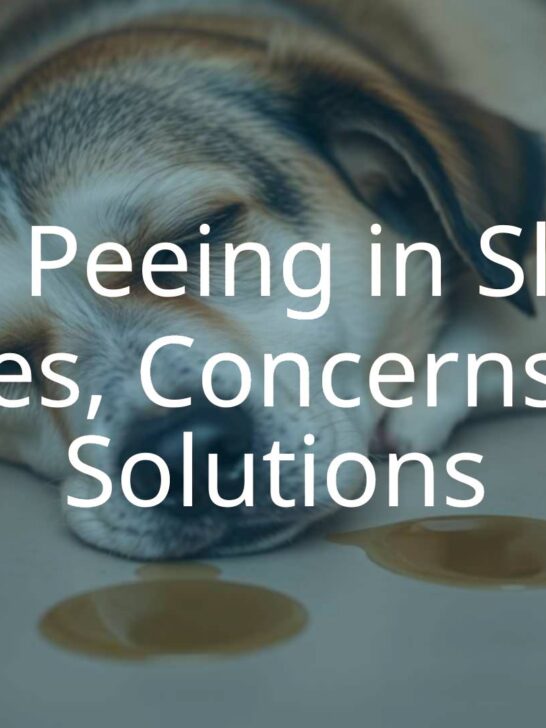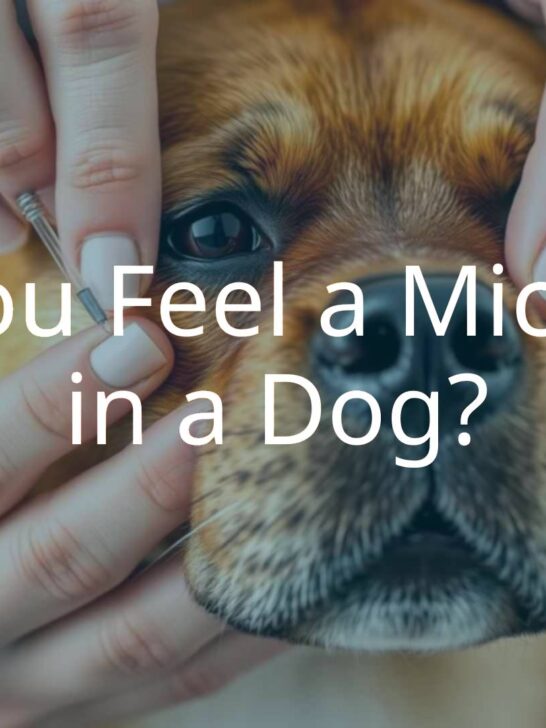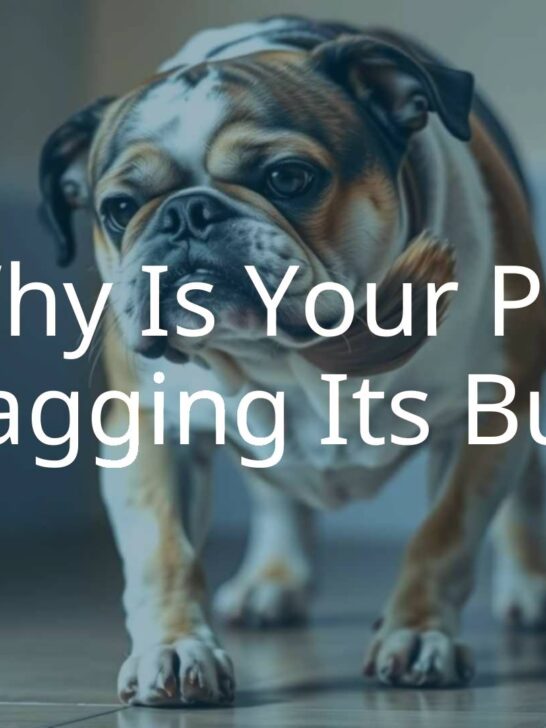Bird Flu in Dogs: What You Need to Know
You may have heard a lot about avian influenza lately and wondered, “Can dogs get bird flu?” The answer is yes-dogs can become infected with the avian influenza A(H5N1) virus, better known as bird flu. While birds are usually the main carriers of these viruses, certain strains can sometimes infect other animals, including dogs. The good news is that cases in dogs are still rare, but pet owners should know the risks, possible symptoms, and how to prevent infection.
The chance of a dog catching avian influenza is very small. However, it’s good to know the facts so you can keep your pet safe. This guide will explain what bird flu means for dogs, how they might get it, what to look out for, and what to do if you think your dog may have been exposed.
What Is Bird Flu in Dogs?
Bird flu is a contagious disease caused by some kinds of influenza A viruses. These viruses mostly infect wild water birds like ducks and geese, as well as chickens and turkeys. Sometimes, certain types, especially the more dangerous H5N1 strain, can spread to other animals, including dogs. H5N1 is especially serious for birds, but its effects in other animals, such as dogs, can differ.
Since 2020, H5N1 has caused problems worldwide, killing over 300 million birds. It has also affected many wild mammals, such as badgers, lynx, otters, polar bears, and elephants. As the virus moves between different animals, it can change, which sometimes makes it easier to spread or harder for the immune system to fight. These changes are part of why H5N1 could, though rarely, be a risk for dogs.

Can Dogs Get Bird Flu?
Dogs can catch bird flu, but cases are not common-especially compared to cats. The first reported dog case was in 2004 in Thailand, after a dog ate an infected duck. More recently, a few cases have been found in the UK and Canada, usually after dogs ate contaminated meat or wildlife.
Even though there have been some infections, there are very few official reports of H5N1 in dogs worldwide. This suggests that dogs are not as easily infected by H5N1 as some other animals. However, a 2010 study did show that the virus could multiply in the respiratory system of beagles, sometimes causing serious illness or death. The risk is mostly to dogs that have a lot of contact with sick birds, such as by eating dead wildlife.
How Does Bird Flu Infect Dogs?
Bird flu usually infects dogs through close contact with sick or dead birds, or from eating contaminated raw meats-especially poultry-or unpasteurized milk. Because dogs are curious and sometimes scavenge, they might encounter or eat something infected. Other ways a dog could get bird flu include coming into contact with surfaces or places where the virus is present-like farms or parks visited by wild birds. The virus may also spread by breathing in droplets from sneezes or coughs, or by touching things contaminated with discharge from a sick animal. To reduce your pet’s risk, try to keep them away from these possible sources of infection.
Symptoms of Bird Flu in Dogs
Spotting bird flu symptoms in dogs is important, although many of these signs can also look like other common dog illnesses. Symptoms are better researched in cats than in dogs, but here are some signs to watch for. Some dogs may not show any symptoms yet can still pass the virus, so it’s important to be aware, especially after possible exposure.
Main Signs of Bird Flu in Dogs
- Fever: Higher than normal body temperature.
- Tiredness: Lack of energy or interest in usual activities.
- Loss of appetite: Eating less or none at all.
- Red or swollen eyes: Eyes look irritated.
- Eye or nose discharge: Mucus can be clear or colored.
- Coughing or sneezing: Breathing symptoms, much like a regular cold.
- Trouble breathing: Heavy, fast, or hard breathing.
- Nervous system problems: In severe cases-shaking, seizures, walking strangely (ataxia), walking in circles, or loss of vision.
If you see these symptoms, especially breathing issues or neurological signs, and know your dog might have been near birds or raw meat, call your vet right away.
Difference from Other Dog Respiratory Diseases
Many bird flu signs, like coughing or nasal discharge, are also common with kennel cough or regular dog flu, making it hard to tell them apart without tests. For example, coughing could be caused by heart disease or heartworms, too. If your dog has nervous system symptoms along with breathing issues, it could point to a more severe virus, but rabies causes similar problems, so that will need to be checked as well. Giving your vet detailed information about your dog’s possible exposures helps them find the cause.
When to Call the Vet
If your dog seems sick-especially if they may have been around sick or dead birds, raw pet food, or unpasteurized milk-it’s wise to contact your vet right away. Let your vet know if anyone in your family works with animals, or if other pets or people at home have been sick. Quick action protects your pet and helps stop the rare chance of bird flu spreading further, though dog-to-dog and dog-to-person infections are extremely rare.
How Is Bird Flu Diagnosed and Treated in Dogs?
Diagnosing bird flu in dogs is sometimes tricky because the symptoms are similar to common colds or flus in dogs. If the vet thinks bird flu could be the cause, it’s important to check and get an answer quickly to help your dog feel better and stop the virus from spreading. Most of the time, treatment is to ease the symptoms and help your dog recover.
How the Vet Checks for Bird Flu
- Swabs: Samples from the nose or rear end can be tested for the virus using lab tests (like PCR).
- Blood tests: Checks for antibodies (to see if your dog has been exposed before) and to assess general health.
- X-rays: Looks for pneumonia or lung changes if your dog is having trouble breathing.
- Tissue samples: In rare cases, tests might be done after death to confirm the virus.
If you think your dog was exposed to dead birds, raw meat, or someone in your home works with birds, let the vet know so they can test properly.
Treatment Options
- Fluids: If your dog is dehydrated or won’t eat, they may get fluids to keep their body working properly.
- Food support: Appetite boosters or alternative feeding if your dog isn’t eating.
- Antibiotics: Help if your dog develops a secondary infection, like bacterial pneumonia.
- Medicine for fever: To keep your dog comfortable.
- Help with breathing: Oxygen or other care if breathing is hard for your dog.
There is no special medicine that kills the bird flu virus in dogs. Keeping the sick dog alone is also important to protect other pets and people, though the virus rarely spreads this way from dogs.
What to Expect if a Dog Gets Bird Flu
The outcome for a dog with bird flu depends on how strong the virus is, the dog’s health, and how bad their symptoms are. Some dogs might feel only a little sick or not sick at all, while others can get very ill. Most dogs recover with fast care. Very few cases have ended in death-for example, one beagle died in a 2010 study. Finding and treating the illness early usually leads to a better chance of getting well. Since so few dogs get bird flu, veterinarians do not see it as a common threat.
What To Do if Your Dog Looks Sick
Though the risk of bird flu in dogs is low, it’s important to be ready if your pet shows any suspicious signs, especially after possible exposure. Take these steps right away:
How to Keep Your Dog and Others Safe
- Separate your dog: Place them in a different room, away from other pets and people.
- Limit contact: Only one or two people should care for your dog and should wash hands well afterwards.
- Wear protection: Use gloves and a mask when handling your dog, especially if they are sneezing or have discharge.
- Clean everything: Wash and disinfect their bedding, bowls, toys, and areas your dog has touched.
- Be careful outdoors: When outside, keep your dog on a leash away from wild animals and clean their paws and fur after walks.
These steps help lower any possible risk, including with other infections. Even if your dog just has a common cold, isolating them helps keep all your pets safe.
When and How to Contact Your Vet
If your dog is sick, call your veterinarian as soon as you notice symptoms. Don’t go to the clinic without calling first-describe your dog’s symptoms and possible exposure so the team can get ready and keep everyone safe. Tell the vet:
- What symptoms you’ve seen and when they started.
- Any recent travel, contact with birds, farms, raw meat, or unpasteurized milk.
- If other pets or people in your home are sick.
Your vet will tell you what to do next and may need to report the case to authorities if bird flu is suspected or confirmed, since early reporting helps protect animal and public health.
Preventing Bird Flu in Dogs
Even though bird flu is rare in dogs, prevention is always best. Simple habits can make a big difference.
Keeping Dogs Away from Wild Birds and Wildlife
- Walk on a leash: Always leash your dog outdoors, especially in areas with lots of birds.
- Stop scavenging: Teach your dog not to eat things off the ground or chase wildlife.
- Secure your yard: Remove food or water bowls that could attract birds and keep the yard clean.
- Avoid direct contact: Don’t let your dog or yourself touch wild birds or their droppings.
Watch for Bird Flu Outbreaks
- Check official websites: Use resources like your vet’s office, animal health groups, or national sites (CDC, AVMA) to stay updated on outbreaks nearby.
- Limit outings during outbreaks: Skip places where wild birds are common if there are local reports.
- Keep cats indoors: For cat owners, keep cats inside to avoid wildlife contact.
Lower Environmental Risk
- Avoid contaminated areas: Keep your dog away from places or items possibly contaminated by the virus-especially if you, or someone you live with, works with animals.
- Clean shoes: Disinfect footwear after visiting farms or nature areas.
- Feed cooked food: Give your dog only cooked meats. Don’t feed them raw pet food or unpasteurized milk.
- Wash hands: Clean your hands thoroughly after handling raw animal products or visiting places with birds.
Are Humans or Other Pets at Risk from Dogs with Bird Flu?
Most evidence suggests that dogs with bird flu pose little danger to people or other pets. The virus does not easily spread from dogs to people or other animals.
Can Dogs Pass Bird Flu to People?
The risk of a dog giving bird flu to a human is extremely low. There are no known cases of this happening. Most human infections have come from close contact with sick birds or cows, usually without proper protection. Use good hygiene if your dog is sick and watch your own health, especially if your dog’s bird flu is confirmed.
Can Infected Dogs Pass Bird Flu to Other Animals?
So far, there’s no proof that the H5N1 virus can spread from one dog to another naturally. Other kinds of dog flu, like H3N2, do spread rapidly between dogs. However, a sick dog might pass the virus to very sensitive animals, such as birds, if they come into contact with secretions or contaminated items. Isolating sick dogs helps keep other pets, especially birds or poultry, safe.
Reporting Suspected Cases
If bird flu is suspected, your vet may report it to animal health authorities. Reporting helps track and limit disease outbreaks. Your vet will give you directions and handle the reporting as needed.
Common Questions About Bird Flu in Dogs
Will My Dog’s Routine Vaccines Prevent Bird Flu?
There is no bird flu vaccine for dogs in the U.S. Vaccines for other dog flu types (H3N2, H3N8) do not protect against H5N1. Still, keeping your dog up to date on regular shots can help protect them from other illnesses that could look similar. Always ask your vet what’s right for your dog.
Are Some Dog Breeds at Higher Risk?
No dog breeds are known to be more likely to get bird flu. Risk depends more on a dog’s chances of exposure and their overall health rather than breed. For example, a dog with a weak immune system, or one allowed to scavenge, might be at slightly higher risk.
Should You Change Your Dog’s Routine During an Outbreak?
If bird flu is found nearby, it’s smart to limit your dog’s chances of getting exposed. These steps can help:
- Avoid risky areas: Skip parks or places with many birds.
- Always use a leash: Keeps your dog from approaching dead or wild animals.
- Supervise outdoor time: Watch your dog in the yard to keep them away from birds or droppings.
- Choose safe food and water: Feed cooked food only; keep pet bowls safe from wildlife.
- Stay clean: Wash your hands after handling pets or going outside.
Keep up to date with advice from your vet or local health officials to decide how to best protect your pet. Being cautious keeps your dog healthy without causing too much worry.

